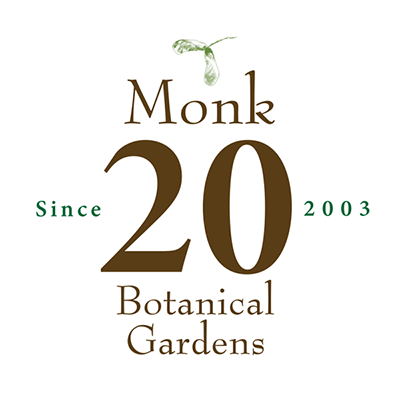It’s that time of year again! My stack of seed catalogs is pulling at my green thumb. I can’t help but flip through the pages every night and imagine what my garden might look like. All of the pictures and descriptions give me hope that the winter weather will break, and I can get back out in the garden. Then I snap back into reality as I hear the winter wind slinging ice chunks against my window. So, for now, I will have to suffice with starting my seeds indoors.
Seed catalogs and online seed collections can be very overwhelming with all of the varieties of plants available. As you page through the collections, star plants that spark your interest and write them down on a wish list. Once you have gone through the entire catalog, look at your wish list, and ask yourself, do I need all of these varieties? Of course, you want one of each, but let’s be realistic. Ask yourself these questions when weeding out your plant wish list.
How much room do I have to start the seeds in my house?
Do I have enough natural light, or do I have to use grow lights?
Can I keep the seed starting area warm enough?
How many of these plants have to be started indoors?
Can I sow these seeds outside after the threat of frost?
Do I have enough room in my garden for all of these varieties?
After you have whittled down the amount you can feasibly care for, you want to think about how many seeds to plant. Most seed packs come with 25 to 1,000 seeds depending on the size and crop type. As you plan your planting, remember that you do not have to plant the entire pack. The seeds will last for a few years, so don’t feel like you have to use them all. There may be a use-by date on the packaging because the seed’s viability may go down after years of storage. Think about how big your garden is, and research how big the plants will mature to be. The seedlings may start small and cute, but they may turn into a ten-foot-long vine. Once you have the number of plants needed in your garden, then look at the calendar. Most warm crops that need more time until maturity or harvest will need to be started about 6-8 weeks before the last threat of frost to get a head start on our short growing season. The seed packet should include how and when to start the plants for a successful crop. If the seed should be started in the soil, it will say “direct sow” on the packaging. If the package says to “start indoors,” then you can use germination soil, trays, packs, and pots that you prefer. When seeding, do not add too many seeds to one cell because you will probably have to thin the seedlings out to grow healthy stock. Remember that a lot of seeds won’t germinate for 10-21 days, so have patience. Some crops prefer warm soil to germinate, so that heating pads may be helpful. If the plants do not receive at least 4-6 hours of sunlight per day, you will want to supplement light with a grow light because some seeds need a certain amount of the sun to germinate.
Starting seeds is exciting, but remember not to love them too much. Do not overwater the soil when starting the seeds, or you could wash away the seed or cause rot. Make sure the soil is damp down to the first knuckle of your finger. Check the soil daily by sticking your finger in the soil. Be careful not to use fertilizer on the young seedlings because it may burn their tender tissues. Once the first leaves of plants emerge, you can take any covers off to let the plants acclimate to the surrounding conditions. If the plants get spindly, you may want to consider pinching them back to encourage more branching. Plants can outgrow their cells, and you may want to consider upsizing the pots to promote root growth. As the weather gets better, start taking the plants outside to get acclimated to the wind and outside temperatures. If the nighttime temperatures are still cool, bring them in for the night and bring them back out the next day. Repeat this for a couple of weeks to get the plants ready for planting.
Have fun with seed starting! It is a great way to get your hands in the soil during the dreary winter months. Try something new, and grow your best garden yet!



